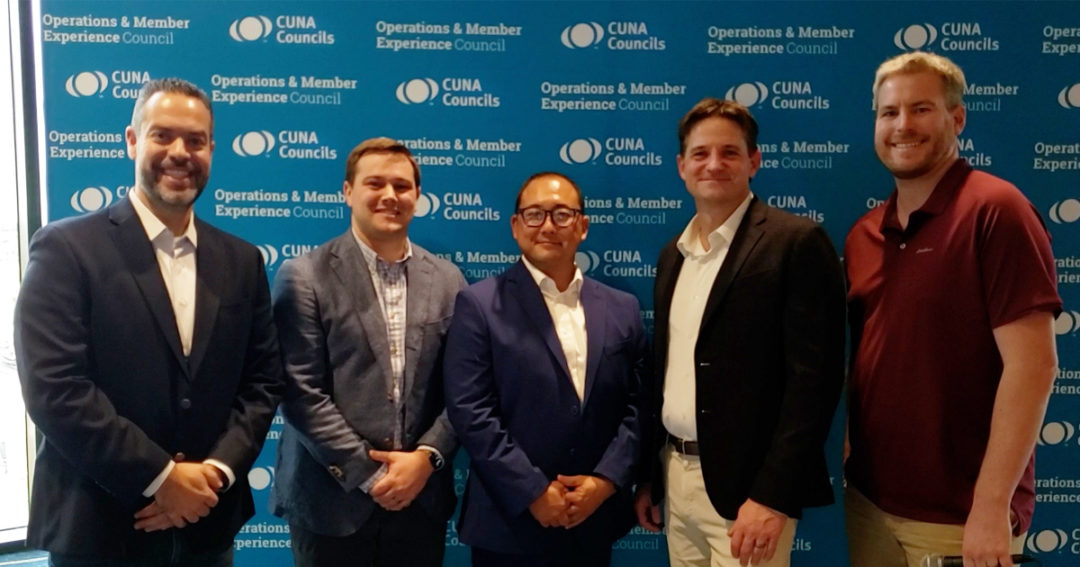
Practical applications for AI
Credit unions use artificial intelligence to improve operations and member personalization.
There’s no hotter topic in technology than artificial intelligence (AI). That was clear at the 2023 CUNA Operations & Member Experience Council and CUNA Technology Council Conference in Denver.
Digital Federal Credit Union Innovations Manager Thomaz DeMoura, PSECU Director of Enterprise Data Analytics Scott Maronic, and Central Willamette Credit Union Chief Information Officer Joey Rudisill demonstrated real-world use cases their credit unions have deployed or are in the process of developing.
Knowledge base search
Many credit unions, including $12 billion asset Digital Federal in Marlborough, Mass., have a lot of information in many places. When employees seek that information, they might have to pour through pages of documents to find what they’re looking for.
Therefore, DeMoura’s team sought a way to leverage generative AI to improve the knowledge base search process and decrease member wait time. Since March, they’ve been building a platform that enables staff to ask AI for answers.
When an employee types a question into the chat, the server uses Microsoft Azure to contact ChatGPT, which knows to only look for answers within the credit union’s database of information. To improve responses over time, staff can rate every answer AI gives as “accurate,” “partially accurate,” or “inaccurate.”
Digital Federal is piloting the program within its mortgage team. The credit union plans to implement this in the call center and branches in early 2024.
Member feedback sentiment analysis
PSECU, an $8.3 billion asset credit union in Harrisburg, Pa., uses AI to conduct member feedback sentiment analysis. The credit union’s digital banking team had six months of member feedback data, but didn’t know how to categorize the issues members were having with their products and platforms.
Now, using OpenAI services and python code, the credit union asks the AI model to examine member feedback, pull out the sentiment, and categorize the issues.
“The digital banking team can now look at the breakdown, sentiment, where feedback is coming from, and what the issues are,” Maronic says. “Not only can we look long-term at what our digital banking should look like, we can dig into context about what our members are actually saying.”
Next-best product recommendations
Central Willamette, a $518 million asset credit union in Albany, Ore., uses generative AI to combine structured data—such as product descriptions—and unstructured data about members’ relationship with the credit union. AI uses the data to determine a member’s next-best product, then writes hyper-personalized messages to the member.
When a staff member prompts AI to find an offer for a member, the response includes the member’s name, occupation, next-best product, reasons for offering that product, a potential icebreaker the employee can use in the conversation, product selling points, a call to action, and a “send an email” button.
If staff decides to email the member, they click that link and it populates a hyper-personalized email that the staff member can review before sending.